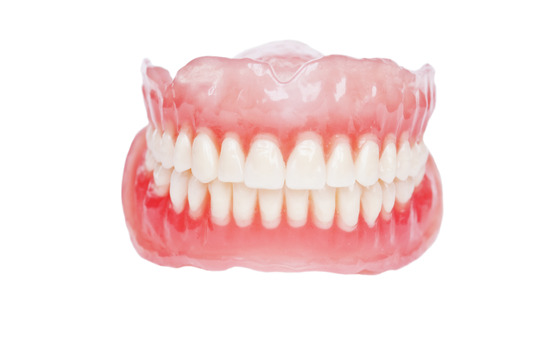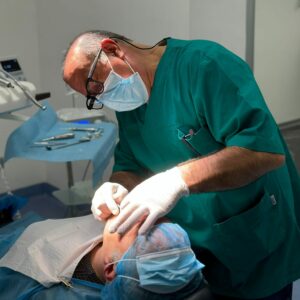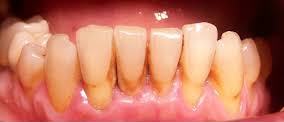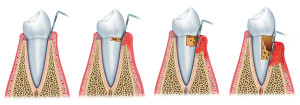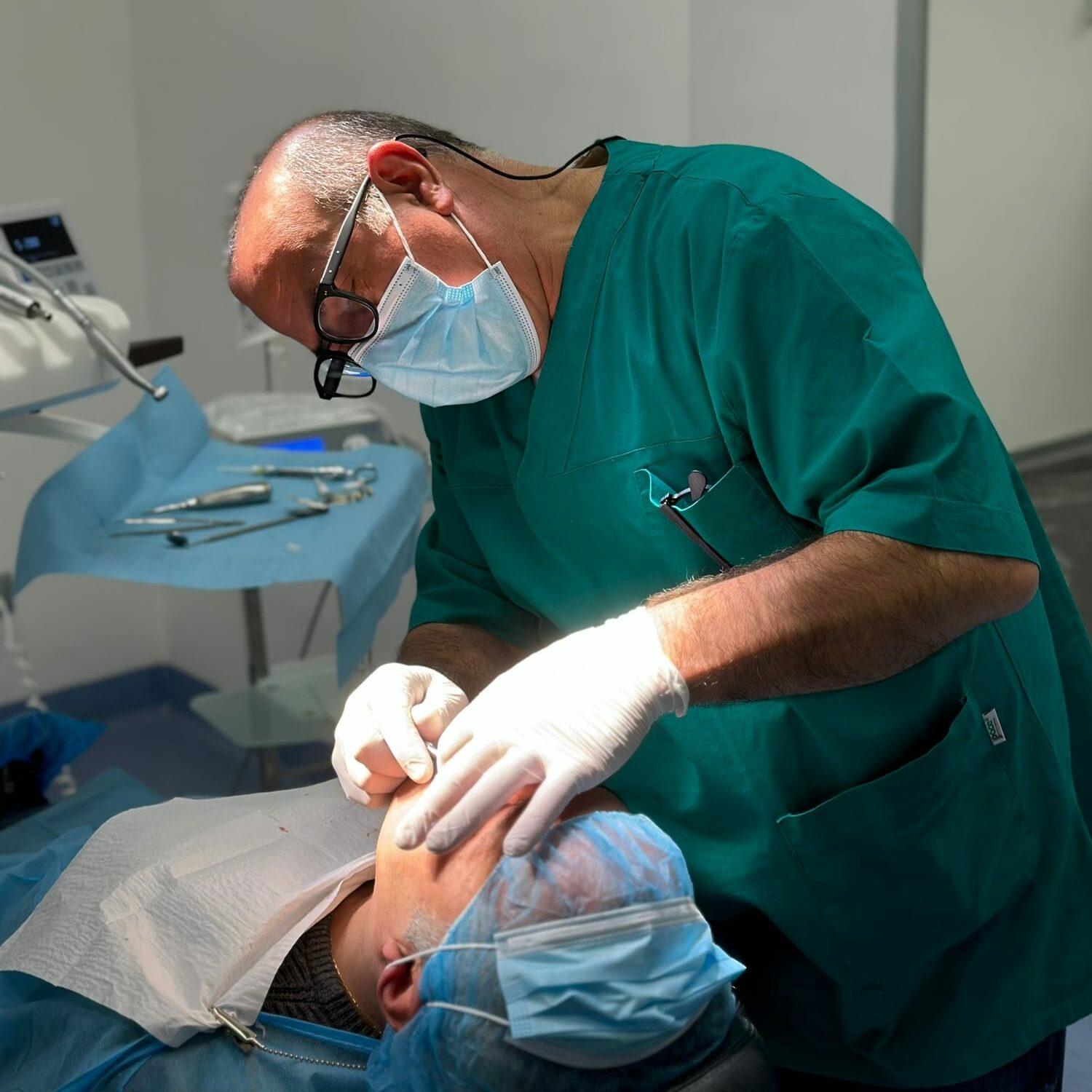Periodontitis is characterized by inflammation of the periodontium; this type of pathology, if neglected for a long time, can lead to tooth loss, which is why preventive diagnosis is of fundamental importance. Today, a simple salivary sample could help the patient and dentist to prevent inflammation of the periodontal ligament.
Periodontitis and myeloid cells
Myeloid cells are among the immune cells that play an important role in the origin of the periodontium infection within the oral cavity. This particular type of cells in fact produces enzymes that affect the integrity of the oral mucosa.
For this reason, myeloid cells are potential biomarkers for the prevention of periodontitis and for screening the patient’s response to therapies.
Salivary collection and prevention
In a recent clinical study published in the Journal of Clinical Periodontology of November 2021, the authors evaluated myeloid markers related to periodontal disease and their potential screening capacity through a salivary sampling, as well as the effects of periodontal treatment on these markers in patients with periodontitis.
The sample that was considered for the research included 60 patients with healthy periodontium, 63 patients with gingivitis and 72 patients with periodontitis.
Patients with periodontitis received non-surgical treatment and were re-examined after 3 and 6 months. Salivary samples were collected at baseline time 0 and at 1, 3 and 6 months after periodontal therapies.
The reference enzymes analyzed through salivary samples were found to be significantly higher in the saliva of patients with periodontitis and gingivitis than in that of healthy subjects.
Patients were then divided into subjects with high-level and low-level periodontitis, and subjects with high levels had more bleeding and deeper pockets.
The advantage of salivary sampling
From the results of the research, which must be confirmed in other similar works, it can be concluded that the myeloid markers analyzed through salivary sampling are altered in patients with periodontitis and are partially contained following periodontal treatment.
Myeloid cells are a key component of the inflammatory process in periodontitis. Therefore, the analysis of a salivary sample has the potential to improve the screening and monitoring of periodontal inflammation.
Measuring myeloid markers in saliva can be helpful in evaluating periodontal disease. The assessment of enzymes in saliva can help identify distinct groups of patients with periodontitis, potentially helping patient monitoring and treatment.





